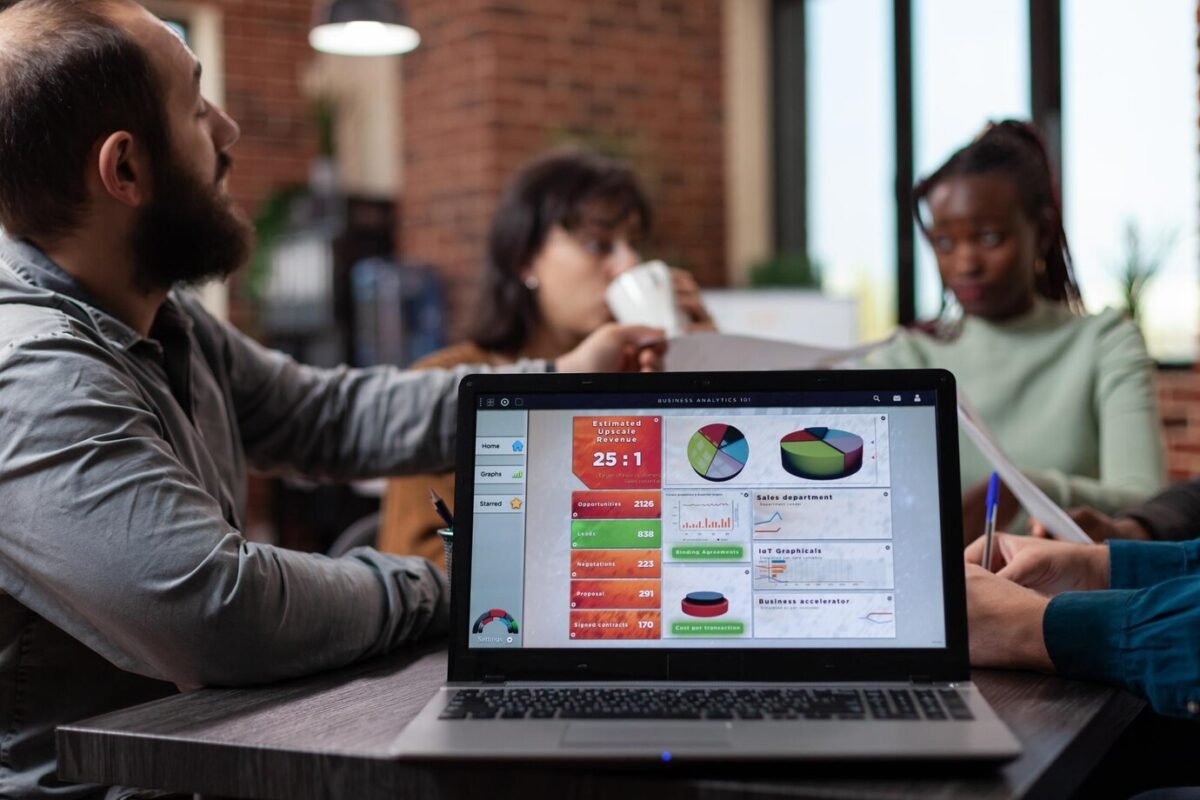In the competitive world of digital marketing, optimizing your marketing funnel is essential to drive more leads, conversions, and ultimately, a higher return on investment (ROI). The marketing funnel represents the journey that potential customers take from discovering your brand to making a purchase (and beyond). Each stage of the funnel presents unique opportunities to engage your audience and guide them through the decision-making process. In this blog, we will explore how to optimize each stage of the digital marketing funnel to ensure maximum ROI.
1. Understand Your Marketing Funnel
Before diving into optimization strategies, it’s important to understand the different stages of the marketing funnel. These stages represent the path a lead takes from the awareness stage to the decision stage:
- Top of the Funnel (TOFU): Awareness and discovery. Potential customers are just becoming aware of your brand.
- Middle of the Funnel (MOFU): Consideration. Leads are evaluating your products or services against competitors.
- Bottom of the Funnel (BOFU): Conversion. Leads are ready to make a purchase decision.
- Post-Purchase Stage: Retention and advocacy. After the purchase, this stage focuses on customer loyalty and encouraging repeat business.
Each stage requires tailored marketing strategies to ensure that you nurture leads effectively and guide them toward conversion.
2. Optimize the Awareness Stage (TOFU)
At the top of the funnel, your goal is to attract a wide audience and generate awareness about your brand. The key here is to target the right audience and create compelling content that grabs their attention.
Optimization Strategies for TOFU:
- Leverage SEO and Content Marketing: Create valuable blog posts, videos, and infographics that answer common questions and address pain points relevant to your target audience. Use keyword optimization to ensure your content ranks highly in search engines.
- Invest in Paid Media: Running paid search and display ads is an effective way to drive traffic and increase brand visibility. Use demographic targeting to ensure you’re reaching your ideal audience.
- Utilize Social Media: Use platforms like Facebook, Instagram, and LinkedIn to create shareable content that increases brand awareness. Consider using interactive content such as polls, quizzes, or contests to engage users.
By increasing brand visibility, you’ll have a larger pool of leads to nurture further down the funnel.
3. Optimize the Consideration Stage (MOFU)
Once potential customers are aware of your brand, the next step is to move them to the consideration phase. At this stage, your leads are evaluating their options, so your goal is to provide value that positions your brand as the best solution to their problem.
Optimization Strategies for MOFU:
- Email Nurturing: Create email campaigns that offer valuable content like case studies, whitepapers, or industry reports. Segment your email list to send personalized content based on user behavior and interests.
- Retargeting Ads: Use retargeting ads to stay top-of-mind for leads who have visited your website but have not yet converted. These ads remind them of the value you provide.
- Offer Free Resources: Providing free resources such as webinars, guides, or demos helps demonstrate your expertise and give leads a taste of the value you offer. This can build trust and encourage deeper consideration.
By providing more relevant, value-driven content, you guide your leads through the evaluation process, making them more likely to convert.
4. Optimize the Conversion Stage (BOFU)
At the bottom of the funnel, your leads are ready to make a purchasing decision. The goal here is to convert them into customers. To maximize ROI, you need to create an environment that makes it easy for them to make a purchase or take the desired action.
Optimization Strategies for BOFU:
- Use Strong Calls-to-Action (CTAs): Ensure your CTAs are clear, compelling, and placed strategically throughout your content. Offer a sense of urgency, such as “Limited Time Offer” or “Book a Consultation Today.”
- Offer Testimonials and Reviews: Social proof is a powerful tool at this stage. Use customer testimonials, case studies, and reviews to showcase your product’s value and build trust with potential buyers.
- Optimize Your Landing Pages: Your landing pages should be simple, visually appealing, and persuasive. Ensure they highlight the benefits of your product and make the purchase process as smooth as possible.
By providing clear, persuasive messaging and simplifying the decision-making process, you increase your chances of converting leads into paying customers.
5. Optimize Post-Purchase and Retention Strategies
Maximizing ROI doesn’t stop once a customer makes a purchase. The post-purchase stage focuses on retaining customers and turning them into loyal advocates who will make repeat purchases and recommend your brand to others.
Optimization Strategies for Post-Purchase:
- Implement a Customer Loyalty Program: Offering discounts, exclusive content, or rewards for repeat purchases encourages customer retention and brand loyalty.
- Send Follow-Up Emails: After a purchase, send personalized thank-you emails, along with product recommendations based on their purchase. This can encourage upsells and cross-sells.
- Encourage Reviews and Referrals: Ask satisfied customers to leave reviews and share their experience. Use referral programs to incentivize them to bring in new customers.
Building strong relationships with your existing customers can significantly improve your ROI by increasing customer lifetime value (CLV) and driving word-of-mouth marketing.
6. Measure and Adjust for Continuous Improvement
To ensure your marketing funnel is continuously optimized for maximum ROI, it’s important to regularly measure your performance and make adjustments as necessary. Use key metrics such as conversion rates, cost per lead, and customer lifetime value to evaluate the effectiveness of each stage of the funnel.
Metrics to Track:
- Lead Generation Metrics: Track the number of new leads generated at the TOFU and MOFU stages.
- Conversion Metrics: Measure the conversion rate at the BOFU stage to evaluate how many leads are turning into customers.
- Customer Retention Metrics: Monitor metrics like repeat purchases, churn rate, and customer satisfaction at the post-purchase stage.
By analyzing these metrics, you can identify areas of improvement and continuously refine your strategies to maximize your ROI.
Conclusion
Optimizing your digital marketing funnel is a powerful way to maximize ROI and ensure that your marketing efforts are driving measurable results. By understanding the different stages of the funnel and tailoring your strategies accordingly, you can increase conversions, reduce costs, and build long-term customer relationships. Remember, the key to successful funnel optimization is continuous testing, measuring, and improving. By staying proactive and adaptable, you’ll be able to drive more qualified leads through your funnel and turn them into loyal customers.












